Unique program bridges the gap to adult-focused care
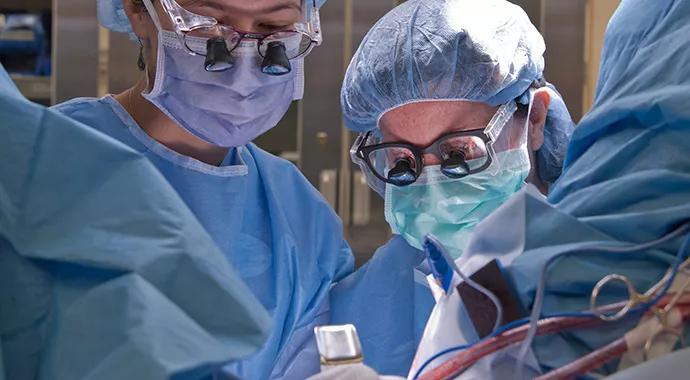
The genitourinary tract is the anatomical area most often affected by birth defects. Affected children can have problems such as abnormal size, shape or location of their penis or urethra, or lack of proper function in these areas. They may be missing reproductive organs or have duplicates of an organ. Diagnoses that fit this category include myelomeningocele (spina bifida), exstrophy, hypospadias, disorders of sexual differentiation (intersex) and posterior urethral valves, among others.
Advertisement
Cleveland Clinic is a non-profit academic medical center. Advertising on our site helps support our mission. We do not endorse non-Cleveland Clinic products or services. Policy
Historically, many of these children have been treated by pediatric specialists, including pediatric urologists, who tend to focus on kidney function and urinary control. Yet, as advances enable more of these patients to reach adulthood, many need care that addresses issues such as sexuality, genital appearance/function and fertility.
Cleveland Clinic Children’s transitional urology program is designed to help young adults with these problems make the move to adult-focused care and balance multiple complex — and sometimes competing — urological and personal needs.
“Few pediatric urologists specialize in the difficulties these patients have in caring for themselves independently and leading healthy adult lives,” says urologist Hadley Wood, MD, who created the transitional urology program at Cleveland Clinic.
She explains that care can be further complicated by other problems these patients may have, such as limited mobility, mental deficits, nutritional challenges, sleep apnea, epilepsy, restrictive airway disease, hypertension, chronic kidney insufficiency, dysphagia, gastroesophageal reflux disease and musculoskeletal issues.
“They also may struggle with personal hygiene and have an increased risk of being overweight,” she says. “Many have seen multiple providers over the years, so they may have fear and trust issues too.”
Because patients may be highly dependent on others for their daily functioning, input from their parents or personal caregivers is crucial.
Several tools have been developed to evaluate readiness for transition for pediatric patients in general. They assess factors such as whether patients schedule their own appointments and can name all their medications, including dose and frequency.
Advertisement
In urology, additional factors may be involved. A 15-year-old female with a urinary diversion who is sexually active and considering pregnancy may be ready for transition given the “adult” nature of her urological issues. In contrast, a 24-year-old cognitively disabled patient who has around-the-clock assistance from his parents may not need to transition until later.
At a patient’s initial visit to the transitional urology program, the team takes a detailed history, with special attention to kidney function, urinary and bowel control, and sexual health. Age-related cancer screenings and any needed imaging or lab studies are also conducted.
“We seek to understand the patient’s goals, resource constraints, social challenges, and any new or worsening complaints,” Dr. Wood says. “Then we map out a plan of the best options to address them.”
Developing a care plan can require extended appointments, as patients must be educated about realistic expectations and other providers need to be consulted. Cleveland Clinic’s Center for Genitourinary Reconstruction offers advanced surgical treatment options when appropriate.
Exstrophy patient with contient urostomy and prior ureterosigmoidostomy
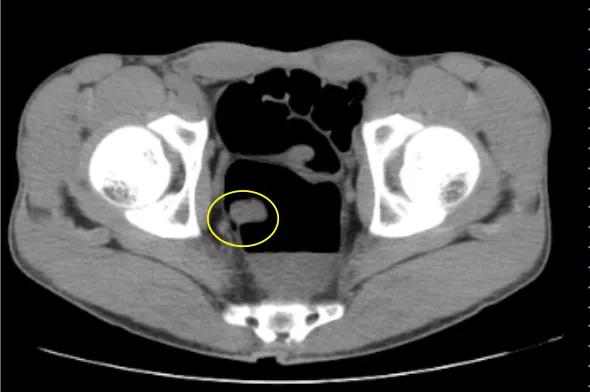
Sigmoid tumor at the site of prior ureteral reimplants
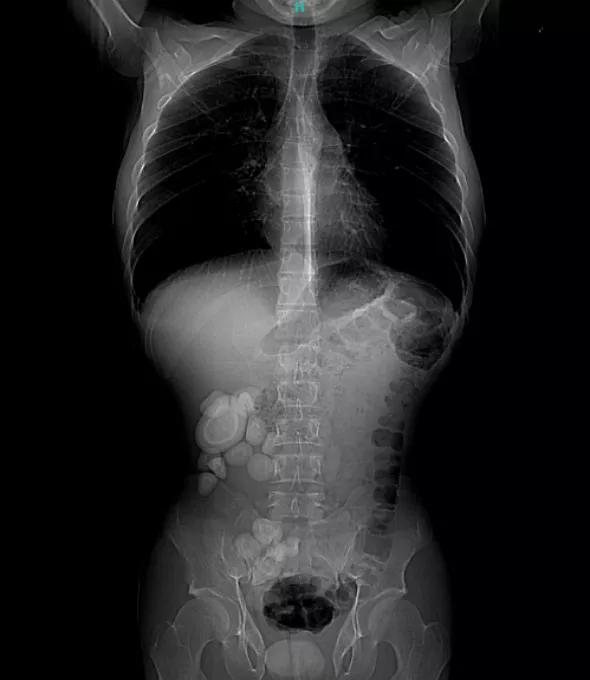
Scout film demonstrates urostomy filled with large calculi
Advertisement
Advertisement

Systemic change needed to improve health outcomes for parents and children, say researchers
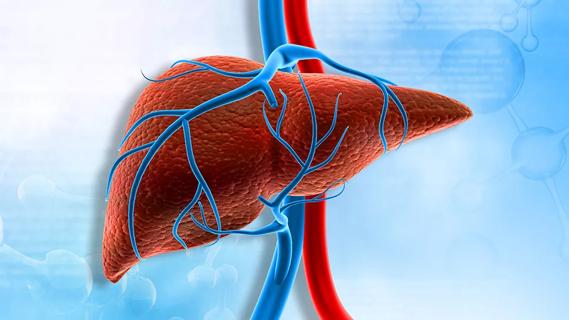
Rare genetic variant protected siblings against seizures and severe hypoglycemia

Movie has more positive impact than expected, says Head of Adolescent Medicine
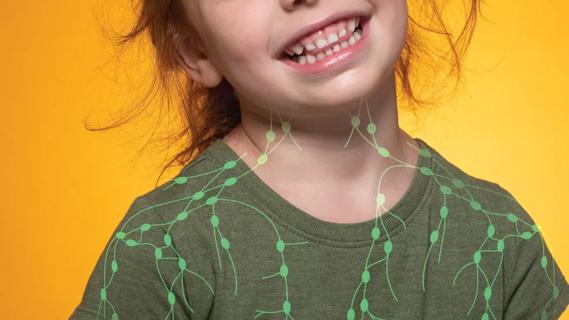
Genetic changes are similar between some vascular anomalies and cancers
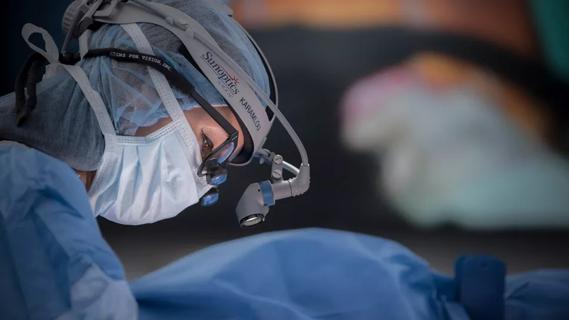
Expert panel advises a two-tier structure for surgical centers
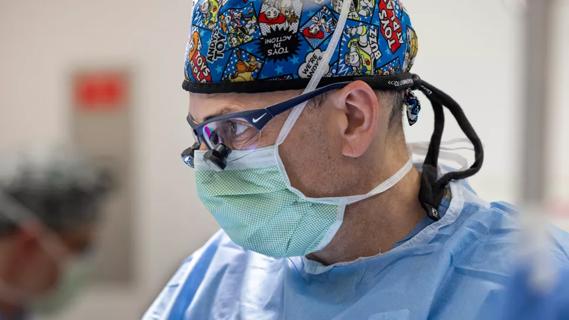
Our new head of pediatric general and thoracic surgery shares his passion and vision
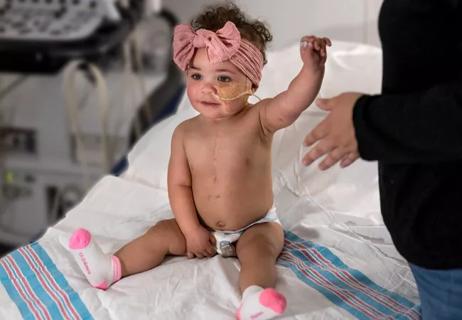
Basic understanding of condition and treatment is lacking